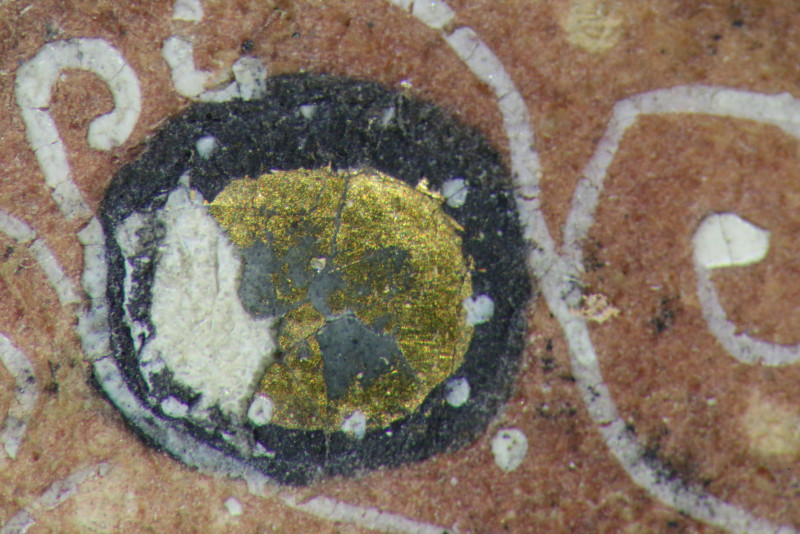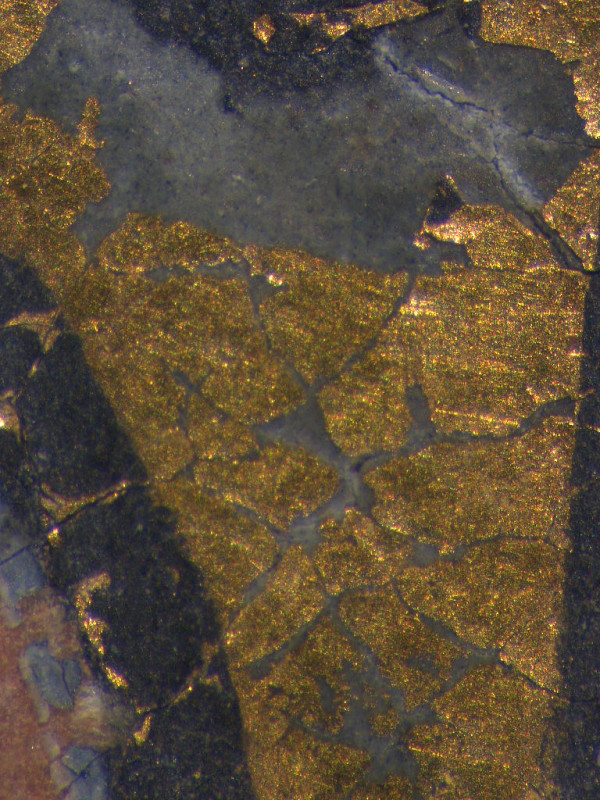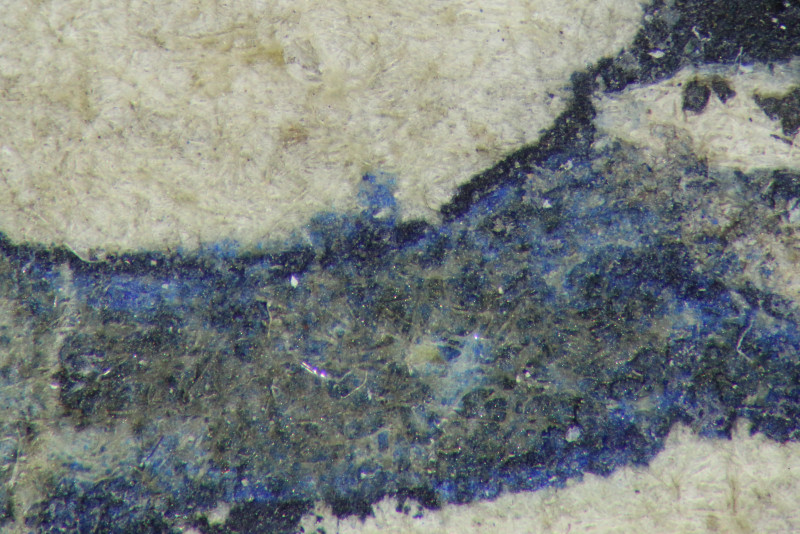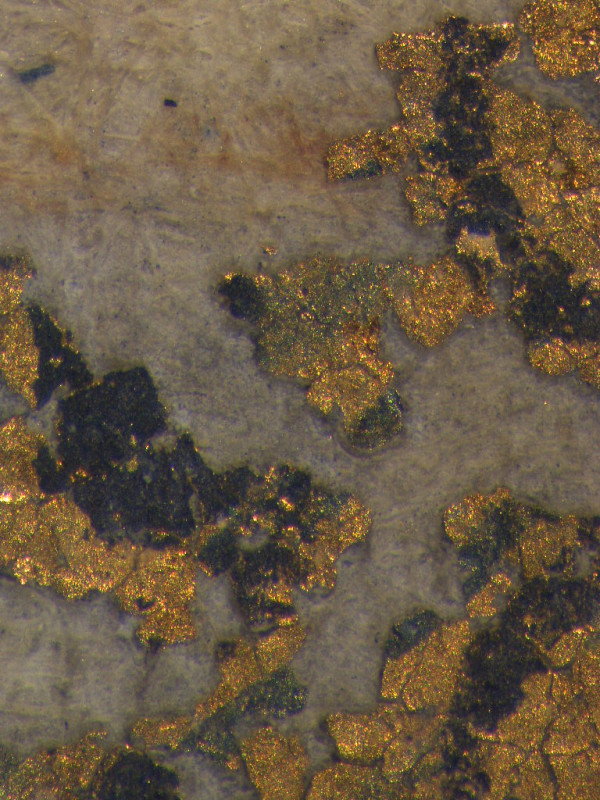Charter of Free Warren (The Pilkington Charter)
With decoration that is possibly unique for a document of this type, this charter granted exclusive hunting rights to Roger de Pilkington (c. 1255-1322) and his heirs on their lands in Lancashire. It was given at Norham Castle in Northumberland where Edward I and his court were based during his arbitration of the Great Cause (the dispute around the succession to the Scottish throne) and retains its original attachment cord and the Great Seal of Edward I in green wax.
Edward I’s (1239-1307) grant to Roger de Pilkington (c. 1255-1322) and his heirs gave them the right in perpetuity to hunt on their lands (excluding the King’s forest); a penalty of £10 would be levied for any infractions. The year after it was issued, Pilkington produced the document in court in Lancaster to prove his rights. It seems likely that he took the unusual decision to have the document decorated with a parade of animals himself, as his personal emblem of a squirrel appears in the right hand margin.
Edward and his court were at Norham Castle, just south of the River Tweed in Northumberland, from late May to late June 1291 during his arbitration of the Great Cause. This was the vexed process to settle the succession to the Scottish crown after the death of Alexander III and his granddaughter Margaret, the Maid of Norway. Edward’s retinue included a highly expert bureaucratic and legal team who carried on with other routine administrative business during the negotiations. One of them, William of Warminster, was the scribe of this document.
Learn more about this document by exploring the sections below or selecting one of the images on the right. Discover further details by choosing the image, where you can view the hotspots by clicking ![]() .
.
The illuminator of this document is anonymous and his work has not been identified in any other manuscripts. He was clearly aware of the fashion for decorating manuscripts with birds and animals, as can be seen in a number of manuscripts produced both in London (The Bird Psalter, Fitzwilliam Museum MS 2-1954) or Paris (Aristotle’s De animalibus, translated by William of Moerbeke, Oxford, Merton College, MS 271 (O.1.3)). Like the scribe, he may have been a member of Edward I’s retinue at Norham.
The document was issued by King Edward I to Roger Pilkington of Lancaster. Pilkington was squire to treasurer of the wardrobe, William Louth, and was a trusted servant of the court who in 1286 had been awarded 100 marks for his services to the king in Gascony. He died in 1322 after having served in the rebel army of Thomas, Earl of Lancaster, at the battle of Boroughbridge. His charter passed by descent through the Yorkshire branch of the Pilkington family, and was discovered in around 1930 among the muniments of Sir Thomas Milborne-Swinnerton-Pilkington, 12th Baronet (1857-1944) of Chevet Park near Wakefield by William E. Preston (d. 1957) (Director of the Corporation Art Gallery and Museum in Bradford). It was first described in print in The Antiquaries Journal of 1931 by Charles Travis Clay. It was then acquired by Mr Harry Lawrence Bradfer-Lawrence FSA (1887-1965), whose collection of manuscripts was placed on long term deposit at the Fitzwilliam Museum after his death; the manuscript was numbered BL 51. It was purchased and given as a gift by the Friends of the Fitzwilliam Museum in 1980.
The Latin text of this charter follows the standard formulation of a grant of free warren. The decoration emanates from the initial letter [E] of Edwardus rex (Edward the King) which extends into a three-colour bar border, itself surrounded by a series of creatures forming a complete frame around the text. They include an array of birds, including a peahen, peacock, falcons, robin, finches, snipe, jay, quail; beasts male and female, including a red deer, grey deer, fox, boar, rabbits and a red squirrel in the border; and a huntsman armed with longbow and arrows, blowing a horn and accompanied by dogs. Forest trees were positioned in the lower border so as to avoid the pointed shape of the folded-up seal attachment, confirming that the decoration was done after the document was sealed.
In line with the typical palette of late thirteenth-century English illuminators, the artist had a good range of pigments at his disposal, including lead white (used alone and in mixtures), verdigris, azurite, mosaic gold, and a red organic dye. He also used gold leaf. He rendered the varied greys and browns of the fur and feathers of the creatures in the border using lead white, carbon black, indigo, vermilion, red lead, ultramarine ash, earths and copper-based compounds.







Illuminated initial [E] with full inhabited border
This parade of animals includes many of the creatures that would have been included within Roger de Pilkington’s grant and acts as a pictorial record of his newly affirmed rights. It also promotes his family identity by including a squirrel perched on a tree in the right hand margin, a motif that he used as a crest on his personal seal. The gold of the initial and bar border is laid on a grey ground (hotspot 1), while the blue is a strong undiluted azurite, and the pink is an organic dye. Azurite reappears in the body of the splendid peacock, but here it is overpainted by a mixture of indigo and vermilion (now very darkened) to mimic the iridescence of the plumage (hotspot 2). The same pink dye mixed with lead white is used to create the rose coloured breast of the jay. Gold leaf is used on the peacock’s tail, now applied directly onto the parchment (hotspot 3); adjacently, his wing is painted in mosaic gold, which is also used for the yellow plumage of the peahen. The green of the trees and foliage is uniformly verdigris, while the dominant colours for depicting the fauna – grey and brown – are created by a range of mixtures. The huntsman's clothing is painted in a mixture of lead white and ultramarine, probably ash (hotspot 4).